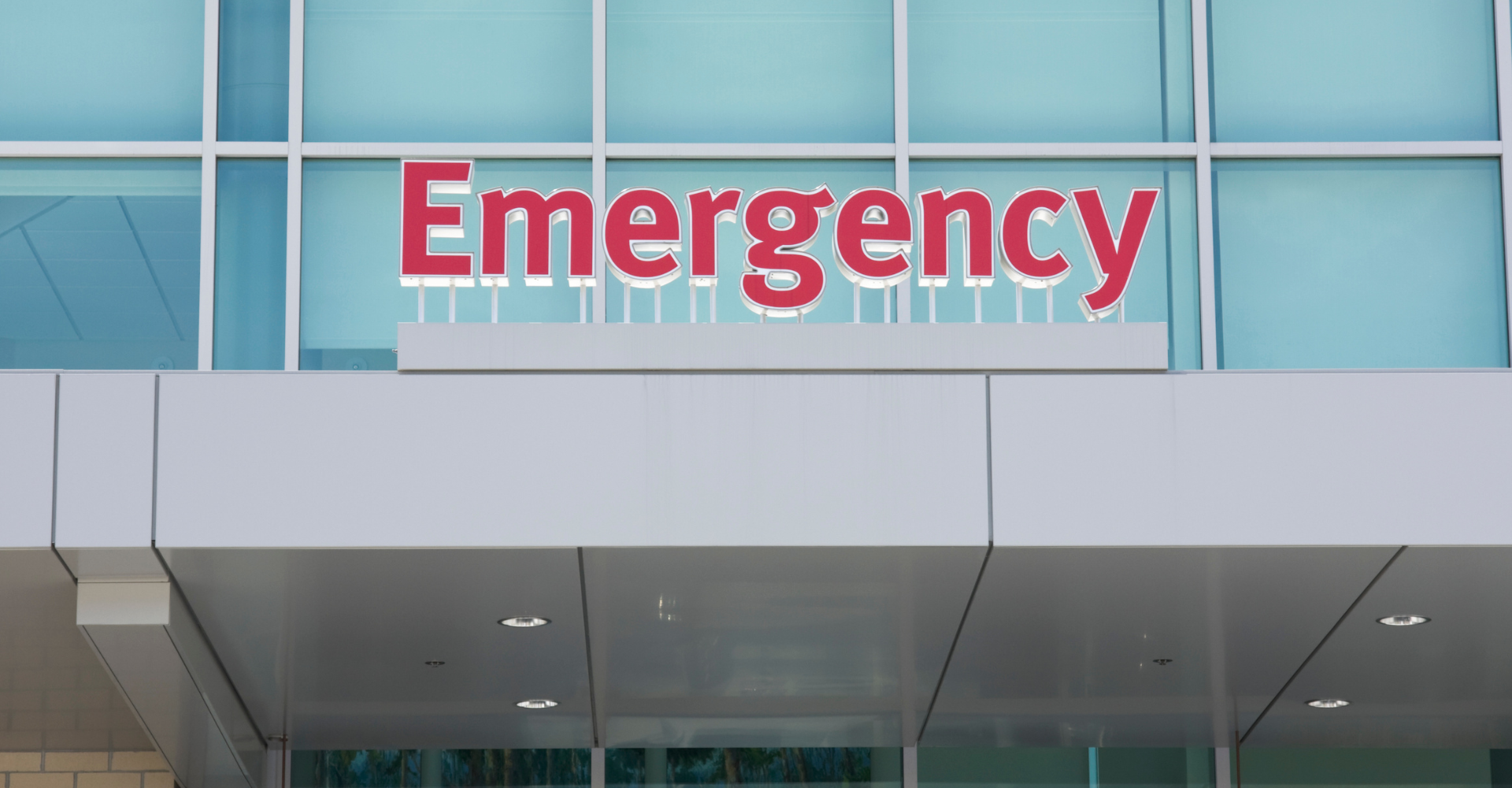Table of Contents:
Alternatives-to-the-ER | 811 HealthLine | When to call 911 instead of 811 | Urgent Care Centers | Are Urgent Care Centers Covered Under Medicare | What Areas of Canada Have Urgent Care Centers | Why Go To Urgent Care Instead of ER | TeleHealth | Virtual Visits | Walk-in Clinics | When to use Walk-In Clinics
Medical issues that require an emergency room visit or immediate call to 911:
- In children;
- Infants less than 3 months old with a fever, vomiting or diarrhea
- Chronic health issues or immune issues
- Respiratory problems (shortness of breath, pale skin and blue lips, difficulty breathing, asthma not responding to puffer/medication)
- Vomiting or diarrhea with large quantities of blood
- Signs of dehydration including a dry mouth and no urination lasting more than 8 hours
- Head injuries causing severe headache, loss of consciousness, confusion, or repeated vomiting
- Cuts where bleeding does not stop
- Burns covering the hands, joints, or face that are 3 inches or larger, and/or that affect deeper layers of the skin
- Injury to a limb resulting in major swelling or inability to use the limb (or obviously broken or dislocated bones)
- Eye injuries
- Injuries causing chest or abdominal pain
- Rash (appears bruise-like) associated with a fever
- Severe abdominal pain
- Sudden weakness or difficulty talking (signs of stroke)
Avoiding the Emergency Room Could Mean Preventing Tragedy for Others
Numerous tragedies have unfurled in emergency rooms across the country but it was a series of deaths in Nova Scotia E.R.’s that recently shone an international spotlight on Canada’s crumbling public healthcare system. The deaths of Allison Holthoff and Charlene Snow tell an unfortunate tale about what could happen in overburdened emergency rooms.
As the CIHI National Ambulatory Care Reporting System (NACRS) reported in their 2022 study, the national average E.R. wait time for 9 out of 10 people admitted to Canadian hospitals was 40.7 hours; for those who were discharged, 7.0 hours.
With E.R.s at breaking points across the country, we offer up the following options to consider for urgent (but not emergent) care:

Alternatives to the Emergency Room:
- Urgent care centers
- Walk-in clinics
- Telehealth (covered by Medicare)
- 811 Primary healthcare providers
- Many family doctors provide weekend emergent services where you can speak to a doctor from your physician’s office
811 HealthLine:
The 811 Healthline is available nationwide for Canadians to receive advice on various medical and mental health issues they may be facing. Patients will speak to a nurse practitioner or a registered nurse to determine the best form of treatment.
811 medical staff can diagnose and treat illnesses, as well as prescribe medications. This virtual option prevents unnecessary emergency room visits for non-urgent issues. Provinces differ in the services they offer to patients through 811. For example, in Ontario, after speaking with an RN, you can choose to be routed through to a Physician however you will pay $55 out of pocket, as this virtual service is not covered under OHIP.
See here for a province-by-province breakdown of cross-Canada 811 services.
Examples of when to call 811:
- You are feeling unwell and are unsure what to do about it.
- You have a headache that won’t go away.
- Your child feels warm and may be running a fever.
- You wish to speak to someone about a loved one with dementia.
- You need information about healthy eating.
- You noticed a rash that wasn’t there the day before.
- You recently had surgery and have a question about how to take care of yourself after the operation.
- You are concerned about your mental health and want to speak with a professional.
- You are seeking information about health services in your area.
- You have a chronic condition like diabetes and want advice on how to manage it at home.
When to call 911 instead of 811:
- Discomfort or tightness in the chest
- Unusual shortness of breath or breathing difficulties
- Severe abdominal pain
- Prolonged and persistent headache or dizziness
- An injury that may require stitches or involve a broken bone
- A child who has prolonged diarrhea or vomiting
- A baby under 6 months with a fever of 38oC (100.4oF)
What are Urgent Care Centers?
Urgent care centers care for patients whose injuries or illnesses are not life-threatening. Doctors, nurses, technicians and other healthcare practitioners form the healthcare team. They provide treatment for most major illnesses that people go to the emergency room for such as infections, lacerations, fractures and much more. Overall, urgent care centers serve as a perfect middle ground between your primary care provider and the emergency department.
Are Urgent Care Centers Covered Under Medicare?
Urgent Care Centers are a basic medical service in Canada. As a result, they are covered under medicare if you have a valid health card/ care card for your province or territory.
What Areas of Canada Have Urgent Care Centers?
Fortunately for Canadians, urgent care centers are plentiful throughout the country. Every Canadian province has urgent care centers scattered throughout it, with a concentration in city centers.
The Canadian territories have urgent care equivalents, which are usually titled care centers. These centers have many of the same benefits of urgent care centers and also have shorter wait times compared to the Emergency Room.
Why Go To Urgent Care Instead of the Emergency Room?
With the current wait time challenges in Canadian emergency departments, it is recommended that you go to urgent care for all non-life threatening medical issues. The average wait time in Canada is approximately 1-2 hours.
Examples of when to go to your nearest hospital instead of an urgent care center is if you are having a suspected stroke or heart attack.
TeleHealth
Telehealth is the use of digital communication technologies to access health care services remotely. This is an alternative to the ER when your condition does not require immediate treatment. Patients can use a computer, cellular devices, tablets, etc. in order to reach a healthcare professional and discuss a course of action.
Despite its benefits, there are some drawbacks of telehealth. For example, your call and treatment may not be coordinated with your regular provider. If you have a complex medical history, this type of communication and care may not be right for you. As well, this service does not always allow for easy decision making between you and your healthcare provider regarding treatment.
Goals of Telehealth
- To allow easier access to healthcare for people who live in remote communities
- Keep you and others safe if you have an infectious disease
- Offer primary care for a variety conditions
- Increased accessibility for people who have limited mobility, time, or transport
- Offer access to medical specialists
- Improve communication between healthcare team members and patients
- Offer advice for healthcare self-management
Virtual Visits
Some clinics and family doctors offer telehealth for remote care such as virtual visits when an office visit isn’t required. This allows an individual to see their healthcare provider via a video call or over the phone. Virtual visits offer care for many conditions such as migraine, skin conditions, diabetes, depression, anxiety, colds, coughs, and infectious diseases.
If you do not have a family doctor, it is possible to see a doctor through a virtual clinic in most provinces, however be aware that regulations around virtual appointments at 100% virtual clinics differ from province to province.
Walk-in Clinics
These clinics provide care to patients without the need of a scheduled appointment and include urgent care centers but do not include hospital-based emergency departments. At this type of clinic, you may be seen by a nurse or doctor to get advice and treatment for minor illnesses and injuries such as cuts, bruises, minor infections, sprains and skin complaints. They may also write prescriptions or referrals.
According to Medimap, the average wait time for walk-in clinics across Canada is 25 minutes.
When to use Walk-In Clinics
Walk-in clinics are a good option when you are in a non-urgent situation, if your family doctor’s office is closed, or if you do not currently have a designated family doctor.
Minor illness and injuries that are accepted at walk-in clinics include:
- Infection
- Rashes
- Fractures
- Emergency contraception and advice
- Upset stomach
- Cuts and bruises
- Burns
- Strains
Average 2022 Canadian Wait Times for Emergency Room Alternatives
- 811: 12-16 min
- Urgent Care: 1-2 hours, depending on your region
- Walk-in clinics: 25min
- Telehealth: wait times depend on medical condition
The information provided on TheHealthInsider.ca is for educational purposes only and does not substitute for professional medical advice. TheHealthInsider.ca advises consulting a medical professional or healthcare provider when seeking medical advice, diagnoses, or treatment.










